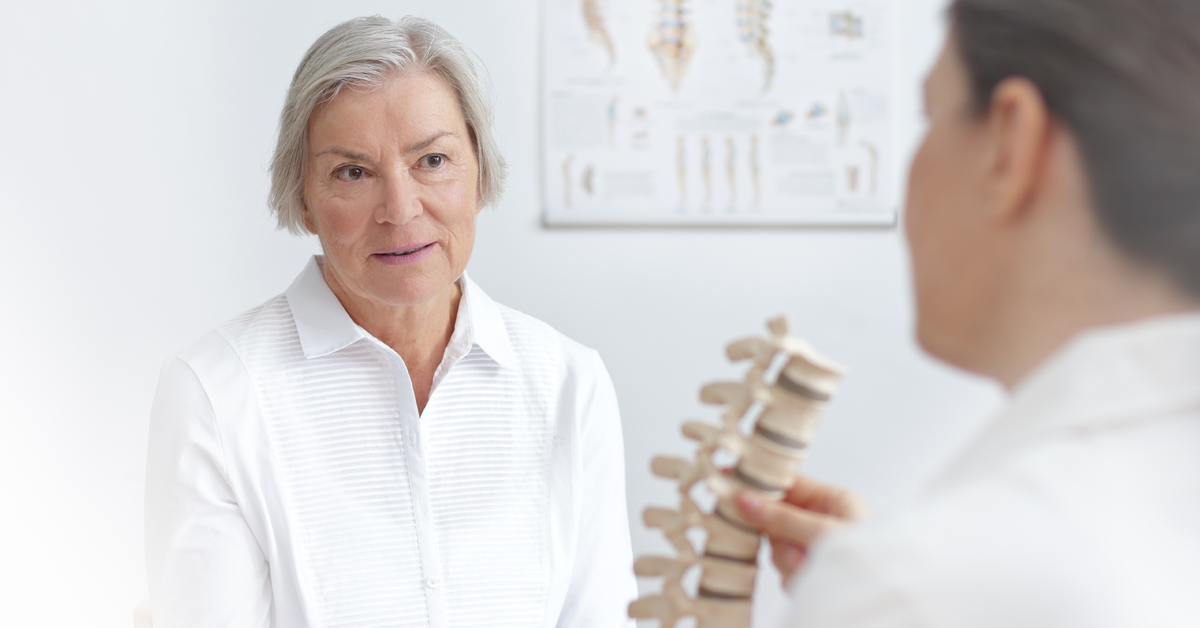Spinal Stenosis Surgery: What You Should Know

The spinal column is made of the vertebrae and spinal cord. Vertebrae are bones that rest atop one another and extend from your head to your tailbone. These vertebrae protect the spinal cord, which runs through the middle of the vertebrae like a straw and sends signals between your body and brain.
When portions of the spinal column become narrow, a condition known as spinal stenosis occurs.
Spinal stenosis often affects the neck and lower back. If you have spinal stenosis, you may experience anything from slight discomfort to difficulty walking upright or severe radiating pain along your nerve pathways.
Causes of Spinal Stenosis
It’s natural for the bones and joints in our bodies to wear and tear as we age. Spinal stenosis is a complex condition that can occur for various reasons, but age-related changes within our spine contribute most significantly to its development over time. Other factors which may contribute to the development of spinal stenosis include:
- Bone spurs. Bone projections that form on the edge of the vertebrae may impinge on nerves and the spinal cord.
- Arthritis. Osteoarthritis and rheumatoid arthritis can cause inflammation and promote consistent growth of bone spurs.
- Herniated discs. When a disc in the spine bulges or ruptures, it can put pressure on the spinal cord and nerves.
- Trauma or injuries. A severe spinal impact or repeated movement may contribute to trauma or increased wear and tear in the spinal column.
- Tumors. Like bone spurs, tumors that form on or around the vertebrae and spinal column can place pressure on the spinal cord.
These conditions cause the spaces between vertebrae’s interior openings — collectively known as the spinal canal — to shrink.
Symptoms of Spinal Stenosis
The symptoms of spinal stenosis depend on its severity and the location of the narrowing. Some people will not have any symptoms at all. For others, symptoms may get worse over time. Common symptoms include:
- Pain in the neck or back
- Pain or weakness in the arms or legs
- A tingling sensation or numbness extending into the arms or legs
- Difficulty walking or maintaining balance
- A loss of bladder or bowel control in severe cases
Spinal Stenosis Surgery
To help mitigate these symptoms, doctors may recommend spinal stenosis surgery. The procedure aims to create more room in and around the affected vertebrae, freeing pinched nerves and promoting a healthier spine. Surgery may be necessary when non-surgical treatments such as pain medications, physical therapy, or injections that numb the back or reduce inflammation are ineffective in treating spinal stenosis symptoms.
Laminectomy
Laminectomy is a surgical technique that involves exposing the spine and removing any bony spurs causing compression on underlying nerve tissue. This procedure decompresses the spinal cord and provides pain relief.
Spinal Fusion
Spinal fusion involves joining two or more vertebrae to stabilize the spine and prevent further spinal canal narrowing. This procedure is often reserved for people with vertebrae that do not align with each other and can carry more risk and a longer recovery time than other procedures.
Risks of Spinal Stenosis Surgery
As with any surgery, there are risks associated with spinal stenosis surgery. Some of the risks include:
- Infection
- Bleeding
- Blood clots
- Nerve damage
- Poor wound healing
- Failure to relieve symptoms
Recovery from Spinal Stenosis Surgery
Recovery from spinal stenosis surgery can be between two and four months. If you’ve had a more extensive spinal fusion procedure, your recovery might take even longer.
Following a minor, or decompressive laminectomy, people can expect to return to light activity within several days to a few weeks.
Light walking for exercise can help speed up the recovery process. Physical therapy and rehabilitation may also be necessary to help restore strength and flexibility in the back.
Say Goodbye to Back Pain
Spinal stenosis is a complex condition that requires a comprehensive evaluation and personalized treatment plan. People with spinal stenosis should consult their doctor to determine how to improve their symptoms with treatment options tailored to their situation.
Don’t wait any longer. Schedule an appointment and take the first step towards better health today!

